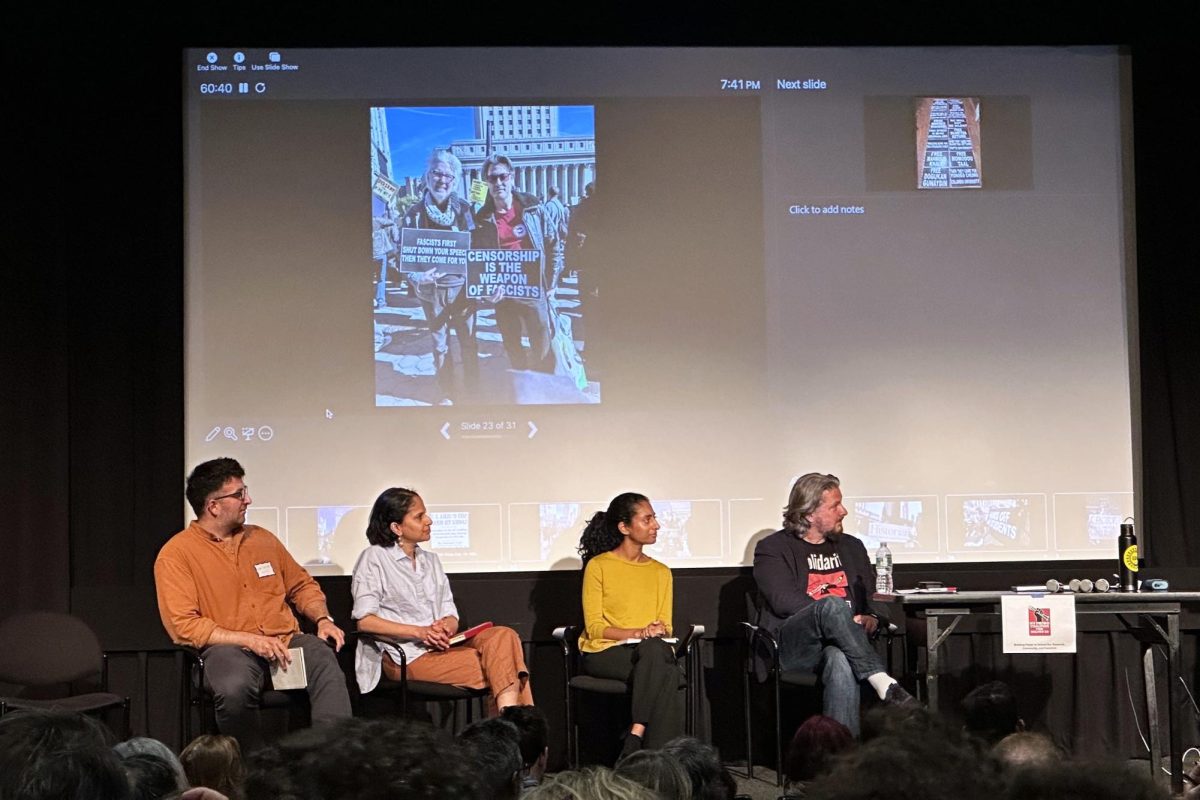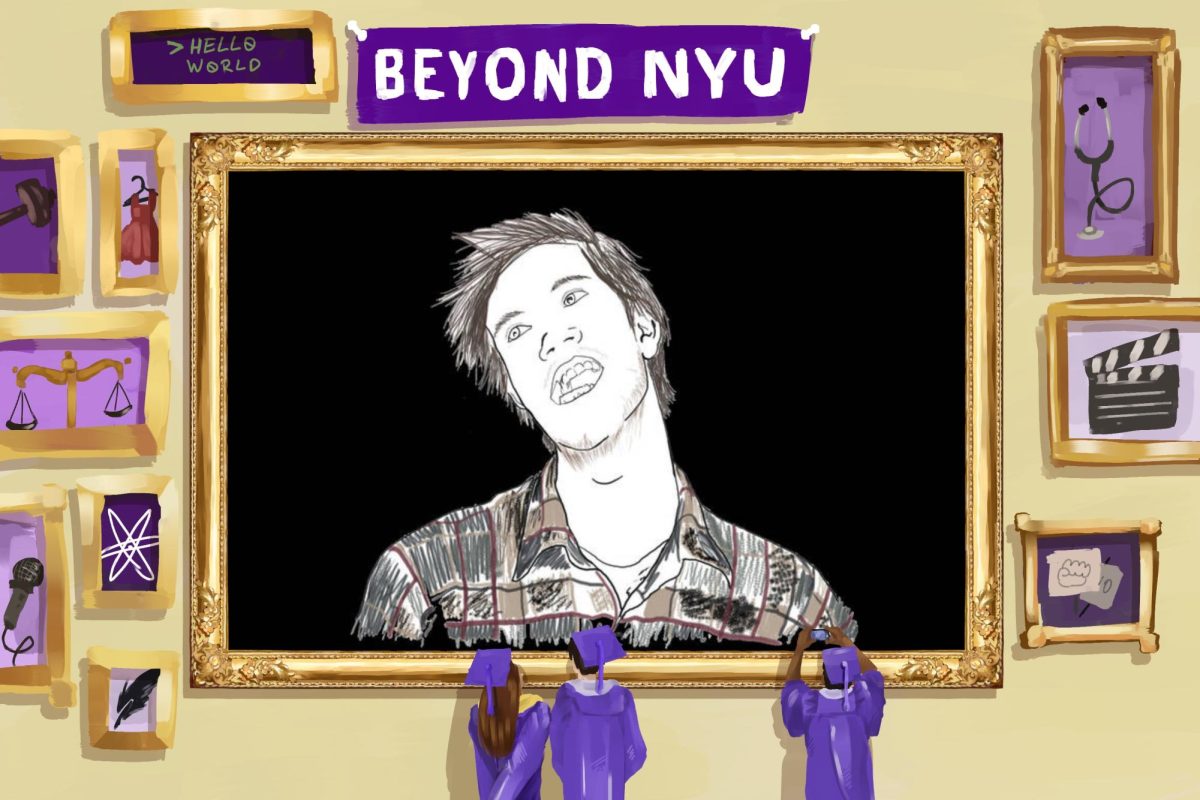Starbucks race initiative awkward, misguided
March 25, 2015
On Sunday, Starbucks ended the public component of “Race Together,” a new initiative to bring conversations about U.S. race relations into coffeehouses around the country. The measure, which included a full-page ad in The New York Times and baristas writing “Race Together” on customers’ coffee cups in an effort to drive conversation, faced heavy criticism in the media since it was announced on March 17. Although some have reported that the coffee chain was forced to shut the initiative down, a spokesperson said that Starbucks had always planned to end it on Sunday. Whatever the case, believing that this initiative was going to be an effective addition to the debate is naive at best. In a company-wide memo, Starbucks CEO Howard Schultz said the objective of the campaign was to “stimulate conversation, empathy and compassion toward one another, and then to broaden that dialogue beyond just our Starbucks family to the greater American public by using our scale for good.” While well intentioned, the proposal was misguided and awkward, with an air of self-congratulation that has no place in such discussions.
If Starbucks aims to promote a further understanding of diversity, they should start from within. Their 19-member leadership team is overwhelmingly white, despite the fact that the company states, “We expect to be a leader in diversity and inclusion.” A discussion about race is important, but actively involving minorities in company leadership is a far greater statement that remains within the scope of a
private corporation.
The corporation as a structure is inherently a poor incubator for socio-political discussions. On one hand, the Starbucks corporate head has its primary obligation to its shareholders and is already singularly focused on making them as much money as possible. On the other hand, the minimally paid employees tasked with spreading the good word cannot be expected to approach the subject of race as intelligently and passionately as their leadership would like. Even if “Race Together” was meant to be a wider-reaching, more provocative initiative to mend race relations in America, it would be staffed by people who simply don’t have the time. This is why the employees of Ronald McDonald House Charities, for example, are not the dispossessed staff behind their counters.
Discussions about institutionalized racism should be more than an add-on to a consumer’s order of a tall skim no-whip mocha. On a purely logistical level, the campaign was poorly thought out — consumers cannot be expected to have any sort of meaningful conversation about anything in the 30-second window it takes to order a coffee. The initiative is obviously well-intentioned, but “Race Together” is the wrong way of approaching this critical conversation.
A version of this article appeared in the Wednesday, March 25 print edition. Email the WSN Editorial Board at [email protected].

























































































































































